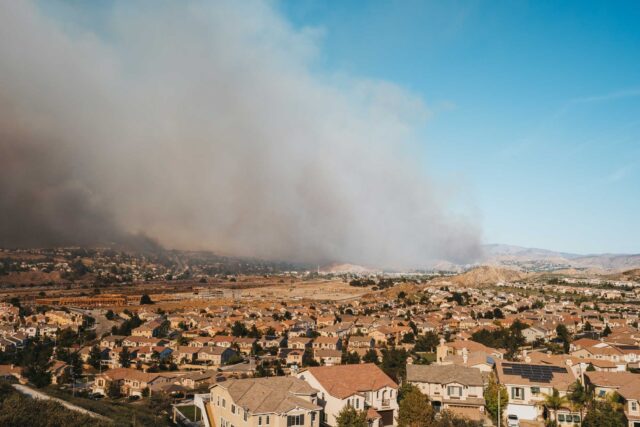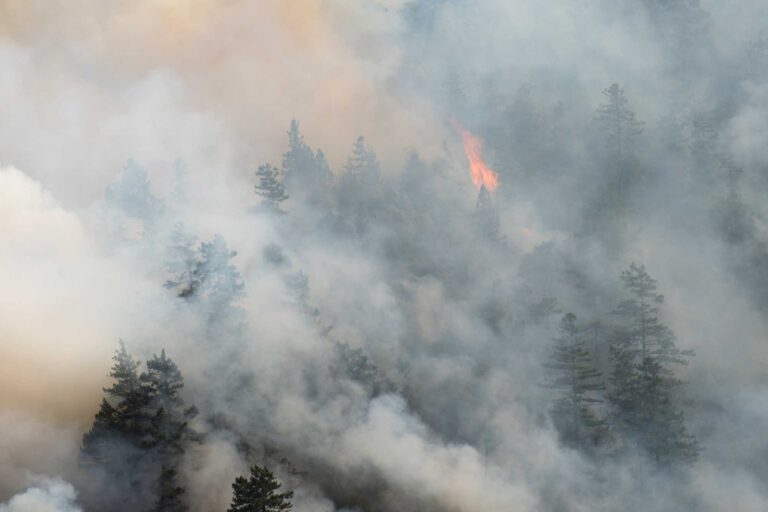Wildfire season is upon us, and many Californians are wondering how to prevent health impacts from all that smoke. Dr. Lisa Patel, a pediatric hospitalist and assistant professor at Stanford, is an expert in the connections between children’s health and the environment. We asked Dr. Patel about wildfire’s impacts on human health—and what Californians can do to protect themselves.
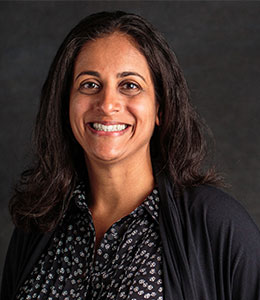
What do we know about wildfire’s impacts on public health?
Some of the earliest studies we have on wildfire’s health impacts came from firefighters. Now we have more studies, unfortunately, because we’re seeing wildfire smoke in more countries, and it’s affecting more people. Smoke affects the upper respiratory system—causing itchy eyes and throat—and the lower respiratory system—causing asthma and pneumonia. Over time, it can increase the risk of lung cancer. Wildfires also affect mental health: studies have found that being exposed to fires as child can have mental impacts down the line. And if you’re caught in a fire, of course there are immediate issues with burns and smoke inhalation.
How does poor air quality affect children in particular?
I work in a small community hospital, and we see a range of impacts. Young children are particularly vulnerable because their lungs are in a period of rapid growth, and they breathe faster, which means they’re inhaling more toxic fumes. Children also spend more time outside and are exposed to more smoke because of that. In the hospital, kids come in with asthma exacerbations during periods of wildfire smoke; we also see more pneumonia during these periods. In the neo-natal intensive care units, anecdotally I’m seeing more preterm births and this is supported in the evidence: there is an association between wildfire smoke and risk for pre-term births and low birth weight infants.
What can people do to adapt?
We have a few tools. Because of the pandemic, we all know a lot about masking now. Cloth masks don’t play a protective role in wildfire or the pandemic, so we recommend N95 masks. Surgical masks offer some protection, but inferior to N95 and KN95 masks on the market. Many of these are not NIOSH-certified for young kids, but fit is the most important thing. If the air quality is really bad—orange or above—stay inside and run a portable air cleaner, particularly in families with children or those who might be sensitive to air pollution. These are becoming more affordable, so if you have access to one, that’s great. Close off a room with a portable air cleaner and stay inside.
What sorts of policy efforts might improve the situation?
Primary prevention is always best: we need to mitigate climate change; promote clean, green energy; and get off fossil fuels. But mitigation won’t bring wildfire smoke down to zero because of how much the earth has warmed so far. So we should also be advocating for policies that help everyone reduce exposure. We live in world where some people can’t afford food and rent, and portable air cleaners are still pretty expensive. Last year, the Bay Area Air Quality Management District rolled out a program to provide portable air cleaners to patients with asthma, for example. We need more of that—to identify our vulnerable populations and make portable air cleaners available to them. As a physician, I provide videos to families about how to make a $20 portable air cleaner. We can also do more to prepare schools—schools can become more climate-resilient. We’ve learned a lot about air quality since the pandemic. Buildings need HVAC systems with MERV-13 filters—that makes air safer from pathogens like COVID-19, and also cleanses out most (though not all) foul toxins from wildfire smoke.
Are we moving in the right direction?
Everyday I open my inbox, I get emails from people who want to learn more and get involved. It will require all of us. All of us can advocate for school leaders and other decision makers to prepare for the health impacts of wildfire and heat.
I would also stress that there are mental health impacts from all of this. I worked with a school psychiatrist in Sonoma who told me that children will start crying when they see smoke in sky because they’ve been evacuated so many times. We’re in an era of trauma after trauma: our kids are experiencing gun violence, the isolation or loss of caregivers due to the pandemic, and then you interlace into that the trauma of climate change. They deserve better than that—we should all work to create a world where kids can thrive.
Topics
air quality Forests and Fires health Health & Safety Net mental health Water, Land & Air wildfiresLearn More
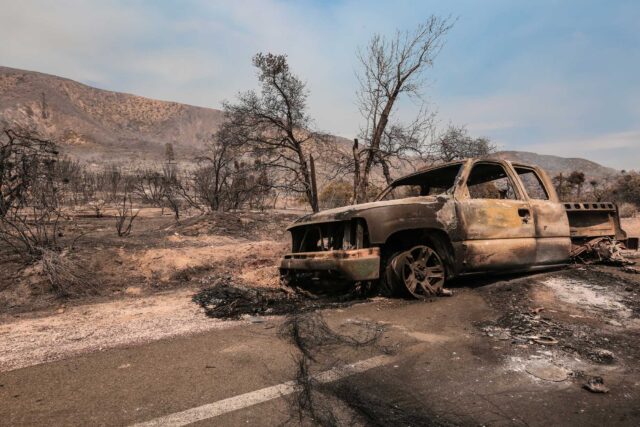
After Wildfire, How Do We Rebuild for a “Resilient Recovery”?
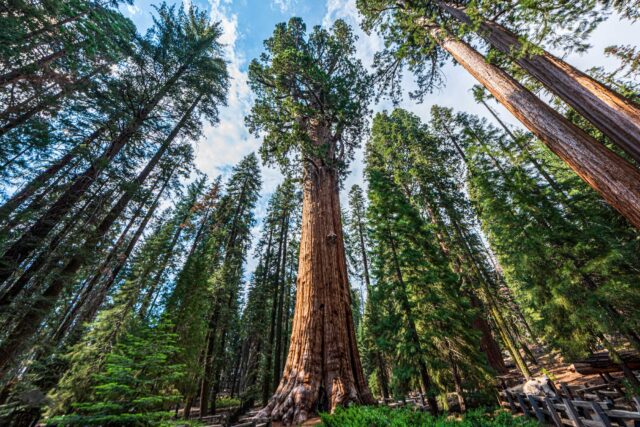
How Active Stewardship Could Protect California’s Forests from Extreme Wildfire
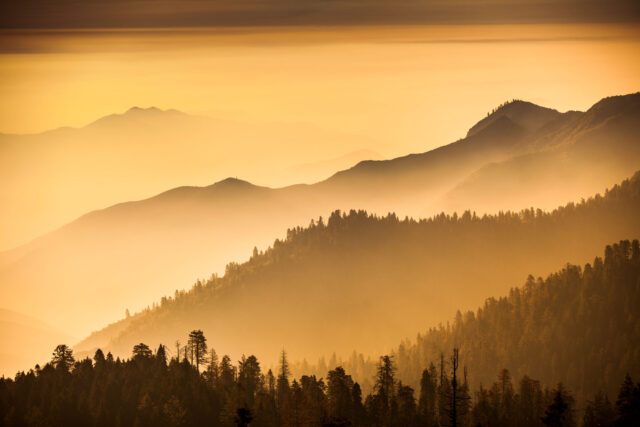
Managing Family Forests Is Key to Managing Wildfire
